
Bulgur or broken wheat is a form of wheat that has been, as the name says, milled coarsely. It is usually made from durum wheat. The husk has to be removed before milling. It is very nutritious way of eating wheat since it has not been refined. It contains the same amount of nutrients and vitamins as the whole wheat. In cooking, bulgur is easier to use than whole wheat. Since it has no husk, its soaking time is about ½ hour. By comparison, the whole wheat grains have to be soaked overnight. Bulgur's cooking time is 20-30 minutes. The milling of wheat into bulgur is believed to have begun in the Mediterranean area. Ancient civilizations such as Roman and Egyptian have been eating bulgur since 1000 B.C. It is commonly used in the Middle East, North Africa and India.
Bulgur wheat is rich in fiber and manganese. It is also a form of complex carbohydrate which are suitable for people suffering of diabetes since it is released more slowly into the blood stream. This has an effect on the insulin level of the body by not causing insulin peaks as would happen if a simple carbohydrate, like refined sugar, was digested. Plus, a person's hunger is much longer satisfied.
Bulgur contains, like all non refined wheat products, amino acids which provide protein. It is not contained in large concentrations therefore, one must look for other protein rich food. If a person is a vegetarian, beans, lenses and tofu (soybeans cheese) are great options.
Bulgur is rich in vitamins B, particularly in thiamine and niacin. Thiamine is very useful in the digestive and nerve system. Niacin helps in the digestion of the proteins. Zinc, iron, riboflavin and trace minerals like magnesium and selenium are also found in bulgur.
Bulgur wheat in the diet can be very helpful
Bulgur wheat can be added in lots of dishes. It is very handy for soups, in particular vegetable soups. It can be added just as the soups boils and cooked for twenty to thirty minutes. Cooked bulgur is an excellent ingredient for salads. It can also be cooked as porridge. It usually comes in four different grain sizes. Fine, medium, coarse and whole grains. Depending of the type of the dish one is preparing, a different size of grain shall be used. Usually, fine grains are used for cereals and deserts, for example.
Bulgur should be stored in a dry, cold place away from sunlight.


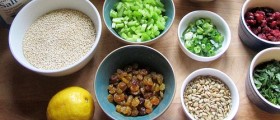
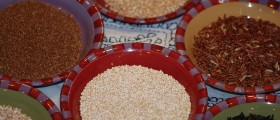

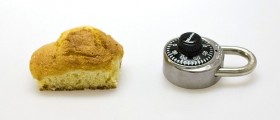

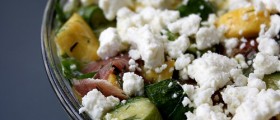

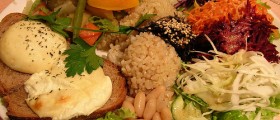
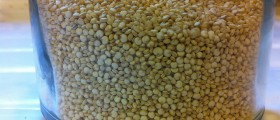

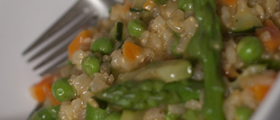

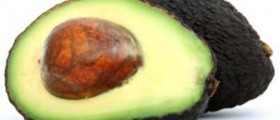

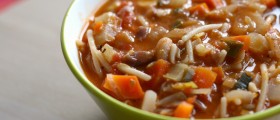
Your thoughts on this
Loading...